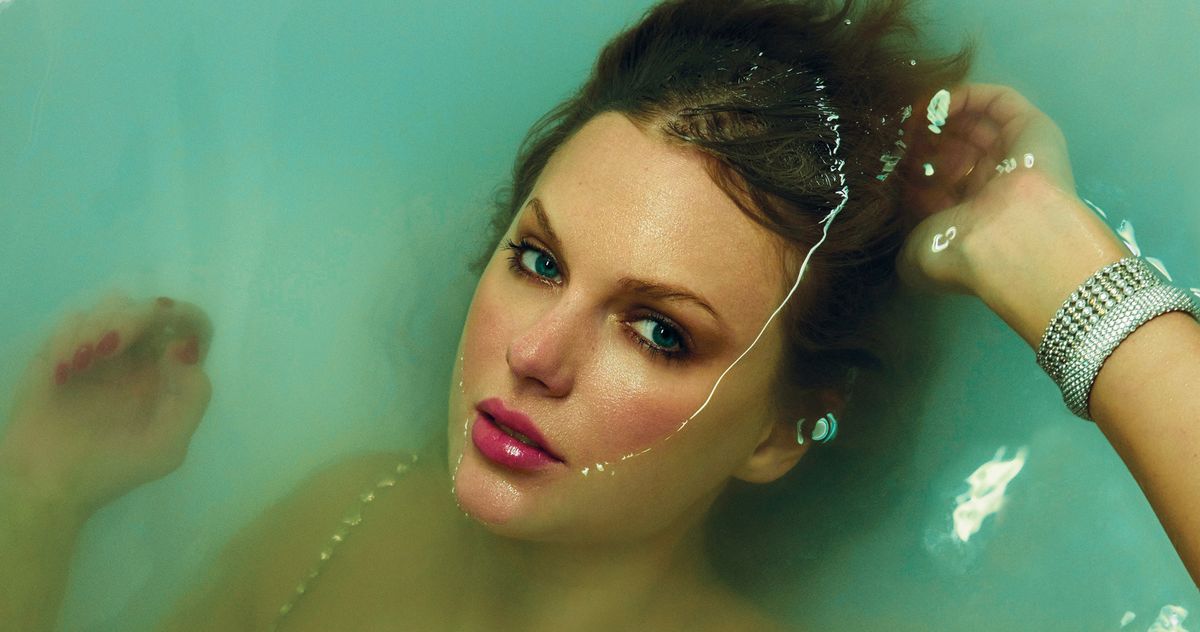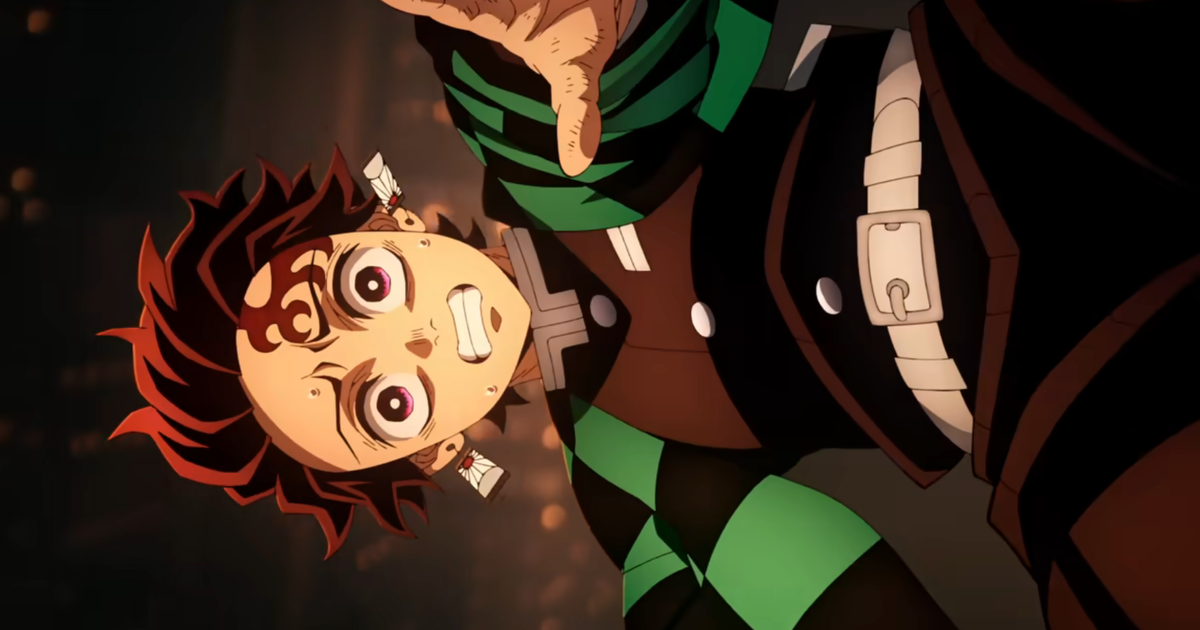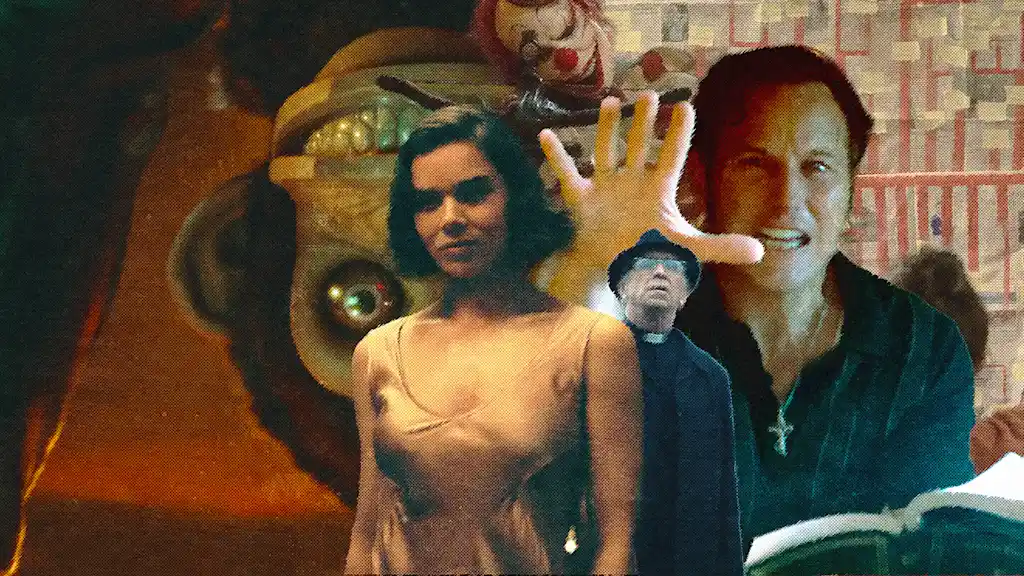#horror-films
#horror-films
[ follow ]
#box-office #netflix #film-screenings #film-releases #streaming-releases #psychological-horror #fear #storytelling
fromwww.theguardian.com
1 month agoI was a mess for hours afterwards': readers on their scariest films of all time
My parents took me to see it in the theatre, under the impression that it would be appropriate for a seven-year-old. Princess Mombi's macabre wardrobe of disembodied heads; the psychopathic laughter of the wheelers, with all four limbs ending in squeaky wheels; Nicol Williamson's sinister, vicious Nome King all are permanent fixtures in my unconscious hall of famous terrors. And Fairuza Balk's Dorothy is eerie to match, a perfect uncanny heroine for a truly twisted children's film.
Film
fromThe Atlantic
1 month agoNine Movies That Break Down How Fear Really Works
Part of the fun of asking someone what movies scare them is that the answers tend to be unpredictable. Fear is individual, specific, and deeply felt: A person made anxious by the ocean may not be able to bear watching but be totally fine with the monsters-loose-on-an-island premise of Jurassic Park. Sometimes, a frightened reaction is inexplicable. But the most terrifying films are the ones that force us to question why we're so afraid at all-and what makes the image or moment on-screen so effective.
Film
fromwww.theguardian.com
1 month agoScaring my kids is really fun but it's also how I teach them to navigate a dangerous world | Christian White
She could have told me the truth, that the paint was graffiti. Instead, she told me the rocks were a species of monster called bloodsuckers, and that at night they came alive to eat children who were foolish enough to stray outside after dark. I believed her with all my heart. Why wouldn't I? She was my nan!
Writing
fromwww.dw.com
1 month agoWhat horror films do to our brains DW 10/31/2025
Murnau came up with a new way to depict fear and a sense of being threatened, laying the foundation for the modern horror film. The genre has many fans worldwide, and people often watch horror films on or around Halloween to get in the spooky spirit. But why are they so riveting? Horror films: Psychological 'boot camps'? Horror films can be compared to roller coasters:
Film
fromwww.nytimes.com
1 month agoVideo: The Top 3 Scary Movies
I mean, Texas Chainsaw, the shining yeah, it's boring, but yeah. No, it works every time. Oh a third. Well, I'm going to do mine. I'm going to think of my third. You can think of a third. Demon lover diary. Oh, Wow. From 1980, 1981. Like, truly one of the scariest movies I've ever seen. Because we and the audience are led to believe this is a found footage horror movie.
Film
Toronto
fromwww.cbc.ca
2 months agoHorror, sci-fi fans in for a treat as Toronto After Dark Film Festival begins | CBC News
Toronto After Dark Film Festival returned to Scotiabank Theatre for its 18th edition, showcasing horror, sci‑fi, and action films with sold‑out passes and a tribute to founder Adam Lopez.
fromalternativemedicine.com
3 months agoDee Wallace: Still exploring friendship, family and courage
Dee Wallace began her acting career on television appearing in episodes of The Streets of San Francisco, Starsky & Hutch, and Police Woman, before appearing in the box-office horror hit film The Hills Have Eyes (1977). In 1981, she played a leading role in the horror film The Howling opposite her husband Christopher Stone. They later starred together in Cujo (1983) based on Stephen Kings 1981 novel of the same name.
Alternative medicine
[ Load more ]










